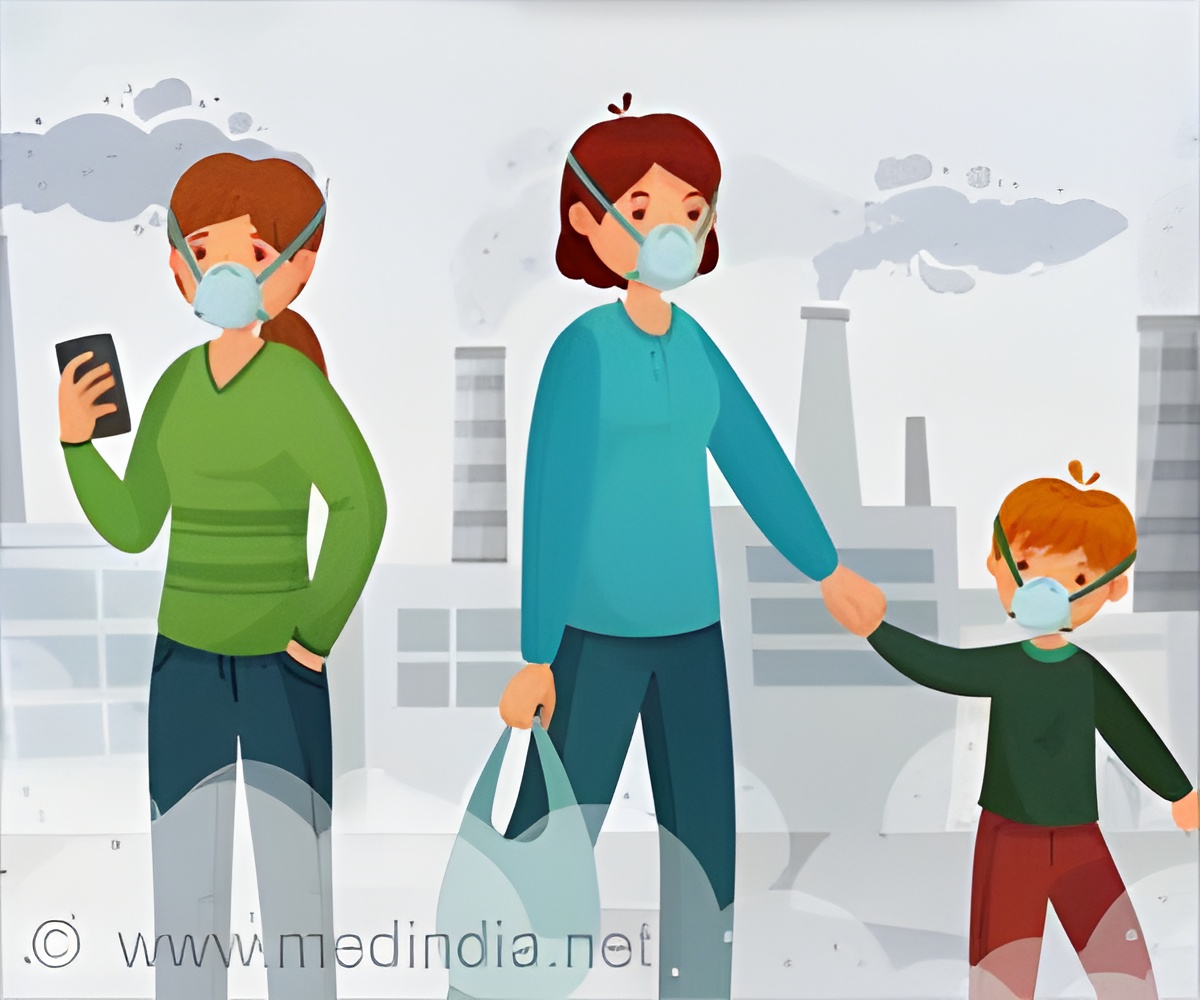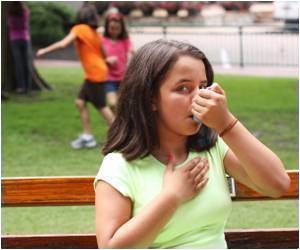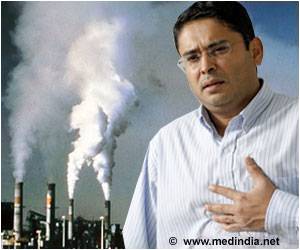Compared to young children who grow up in rural areas, city kids are more prone to suffer respiratory infections due to environmental factors.

Analyzing Urban Environmental Factors Influencing Child’s Health
The first study was presented by Dr. Nicklas Brustad, a researcher and physician on the Copenhagen Prospective Studies on Asthma in Childhood (COPSAC) based at Gentofte Hospital and the University of Copenhagen, Denmark. It included 663 children and their mothers who took part in the research from pregnancy until the children were three years old. Researchers recorded whether the children were growing up in urban or rural areas and how many respiratory infections they developed. This revealed that children living in urban areas had an average of 17 respiratory infections, such as coughs and colds, before the age of three compared to an average of 15 infections in children living in rural areas(1✔ ✔Trusted SourceThe Urban Environment and Childhood Asthma Study
Go to source).
‘Transforming polluted urban regions to green spaces can have both aesthetic and therapeutic effects. #kidshealth #unhealthyurbanization #respiratoryhealth’





The researchers also carried out detailed blood tests on the mothers during pregnancy and on their newborn babies and analyzed the children’s immune systems when they were four weeks old. They found that children living in urban areas had differences in their immune systems compared to those living in rural areas.There were also differences in the blood samples from the mothers and babies that correlated with the difference in living environment and number of respiratory infections.
Dr. Brustad said: “Our findings suggest that urban living is an independent risk factor for developing infections in early life when taking into account several related factors such as exposure to air pollution and starting daycare. Interestingly, changes in the blood of pregnant mothers and newborn babies, as well as changes in the new-born immune system, seem to partly explain this relationship.
“Our results suggest that the environment children live in can have an effect on their developing immune system before they are exposed to coughs and colds. We continue to investigate why some otherwise healthy children are more prone to infections than others and what the implications are for later health. We have several other studies planned that will look for risk factors and try to explain the underlying mechanisms using our large amount of data.”
Potential of Breast Milk to Fight Urban Space-Induced Infections
The second study was presented by Dr. Tom Ruffles from Brighton and Sussex Medical School and University Hospitals Sussex NHS Foundation Trust, Brighton, UK. It included data on 1344 mothers and their children living in Scotland and England.The mothers completed detailed questionnaires when their children were a year old and again when their children were two years old. These included questions on chest infections, symptoms such as coughing and wheezing, respiratory medication, and exposure to potential environmental risk factors.
Advertisement
Living in an area with dense traffic increased the risk of chest infections, and exposure to tobacco smoke increased the risk of coughing and wheezing.
Advertisement
Co-researcher Professor Somnath Mukhopadhyay, also from Brighton and Sussex Medical School and University Hospitals Sussex NHS Foundation Trust, added: “The link between damp moldy housing and the need for these very young children to take asthma treatments emphasizes how urgently we need legislation to tackle mold and damp in social housing. For example, here in the UK, we want to see rapid implementation of Awaab’s Law, which will force social landlords to fix damp and mold within strict time limits.”
Awaab’s Law was proposed following the death of two-year-old Awaab Ishak, caused by the dampness and mold in his local authority home.
Professor Myrofora Goutaki, who is chair of the European Respiratory Society’s group on Pediatric respiratory epidemiology and was not involved in the research, says: “We know that some young children suffer with recurrent coughs and colds, and this can lead to conditions such as asthma as they grow older. It’s important that we understand any factors that might be contributing to this, such as the conditions where children live and where they are cared for. The more we understand about these factors, the more we can do to protect the developing lungs of these young children.”
Reference:
- The Urban Environment and Childhood Asthma Study - (https://www.ncbi.nlm.nih.gov/pmc/articles/PMC2860857/)












